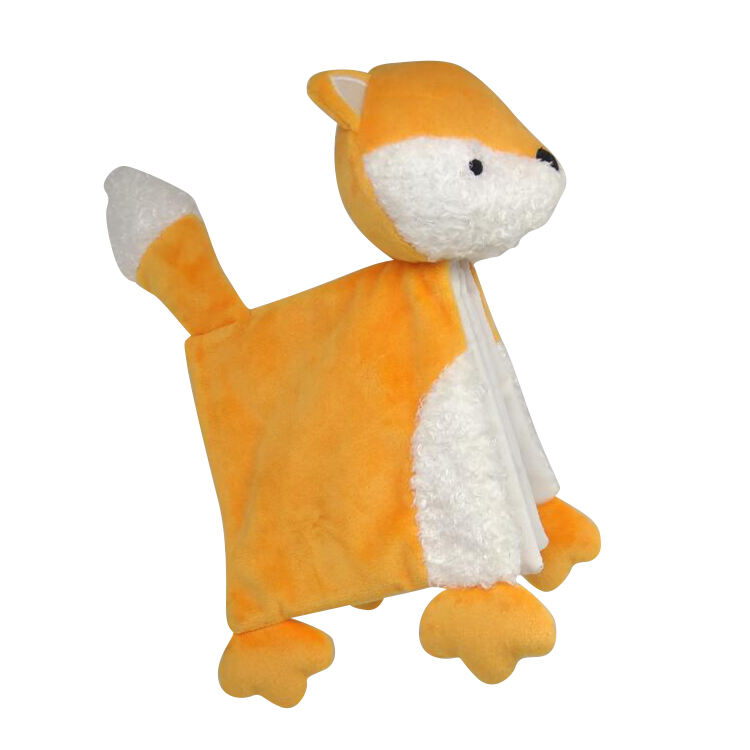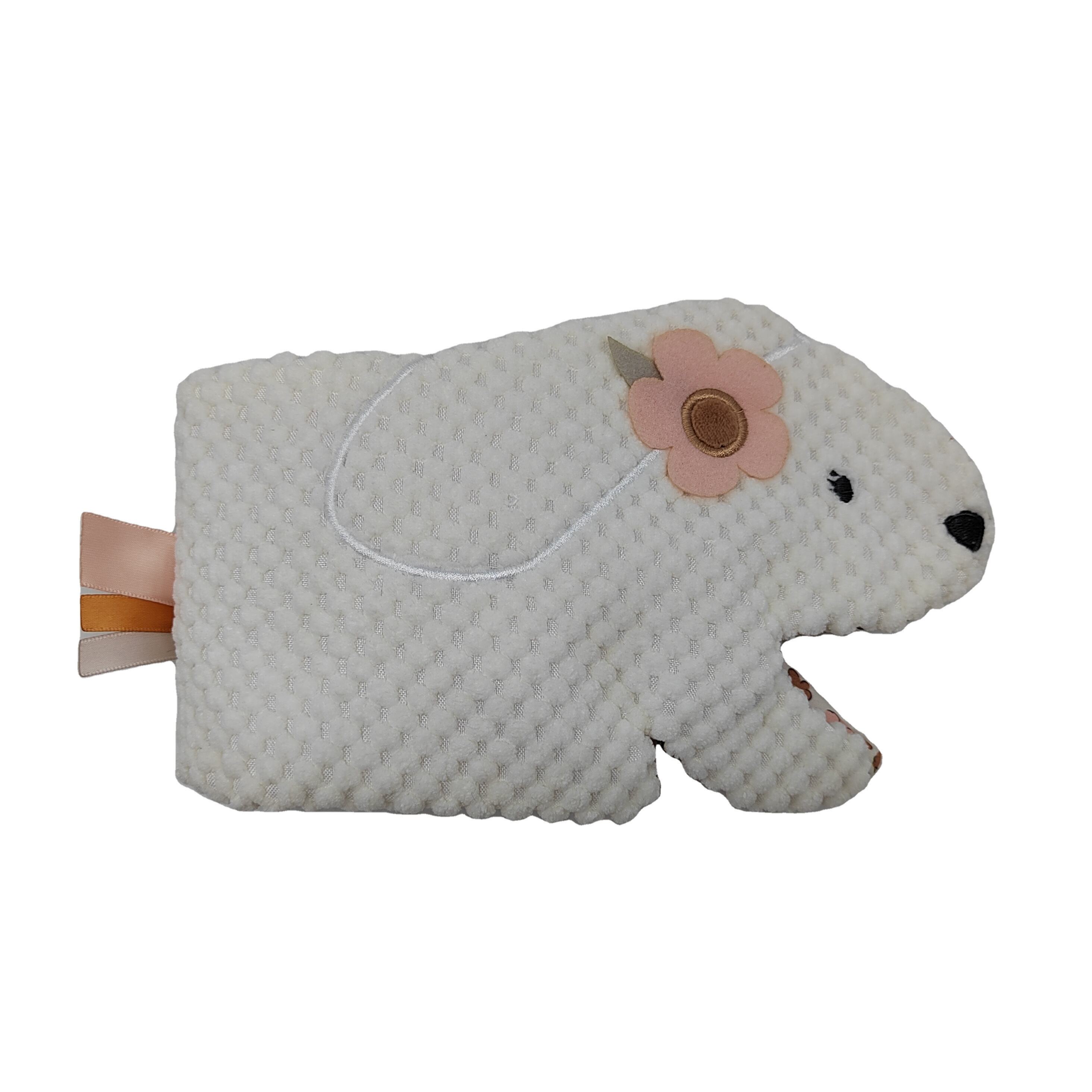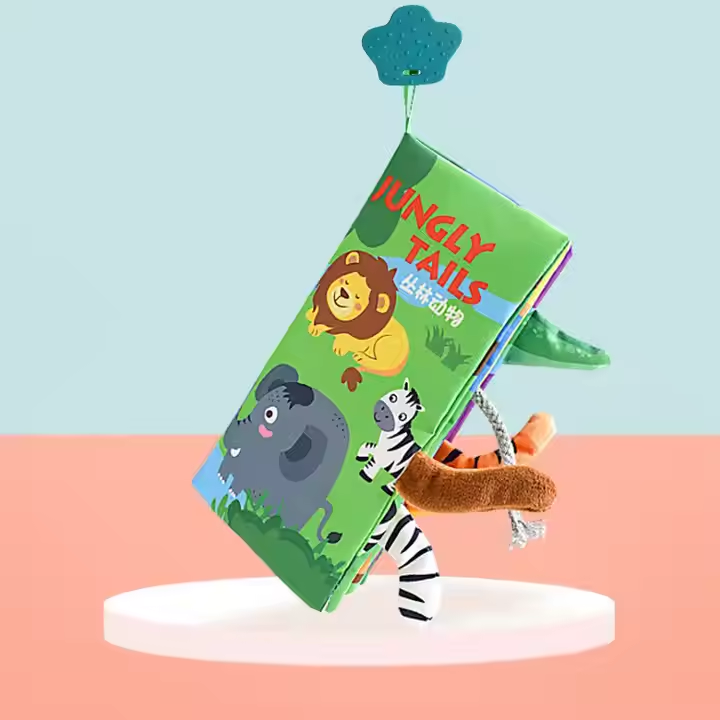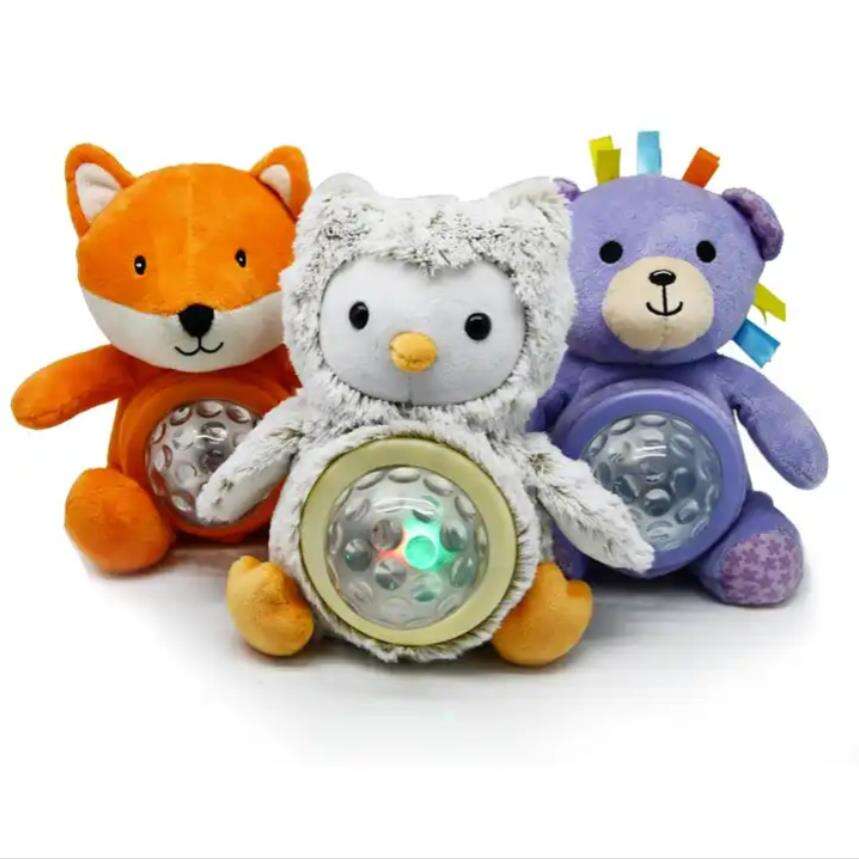How Fabric Books Support Cognitive and Sensory Development
The Importance of Cognitive and Sensory Development in Infants
Cognitive development in infants is crucial as it involves the growth of knowledge, problem-solving abilities, and learning skills. These early years are foundational for a child’s brain development, and engaging them in stimulating activities can enhance their potential for academic success later in life. Research highlights that infants actively engaged in cognitive exercises often display improved attention spans and memory retention, contributing positively to their future learning outcomes. By encouraging a variety of intellectual challenges, parents and educators can set the stage for lifelong learning and curiosity.
Sensory development, on the other hand, is about the refinement of the five senses—touch, taste, sight, hearing, and smell—and serves as a cornerstone for future learning. Sensory experiences in infancy are not just about immediate understanding but lay the groundwork for complex skills like language acquisition and social abilities. A child's interaction with different stimuli, such as textures and sounds, enhance their sensory integration and cognitive skills. For instance, exposing infants to varied textures, similar to those found in stuffed animals and plush toys, can significantly impact their sensory processing abilities. As these sensory pathways solidify, children gain valuable inputs that support expressive language and emotional connection, preparing them for future social interactions.
Benefits of Fabric Books for Cognitive and Sensory Development
Fabric books are powerful tools for enhancing cognitive skills in infants. By introducing babies to new vocabulary, concepts, and narratives, these books stimulate brain activity, fostering long-term cognitive growth. Engaging stories captured in fabric books can spark curiosity and imagination, which are crucial for developing problem-solving abilities. Research supports the idea that early engagement with books helps in the later enrichment of language skills, critical thinking, and overall academic performance.
The sensory benefits of fabric books cannot be overstated. These books often include different textures, providing tactile feedback that is crucial for developing sensory processing skills. Interacting with varied textures aids in the development of fine motor skills, helping infants grasp and manipulate objects. This tactile exposure supports sensory integration, a key aspect of healthy childhood development. By offering a multi-sensory experience, fabric books make learning both accessible and enjoyable for young children, laying a solid foundation for further educational pursuits.
How Fabric Books Promote Interaction and Bonding
Fabric books serve as an important tool in fostering parent-child interaction and bonding. By exploring stories together, parents and children share meaningful moments that help build emotional connections and secure attachment. As they turn pages, feel the textures, and engage with the stories, children feel supported and nurtured, which is essential for healthy psychological development. This process not only creates enjoyable experiences but also strengthens the emotional bond between parent and child, laying a foundation for strong psychological health.
Moreover, fabric books encourage dialogue, which is crucial for language and communication development. Parents can enhance their child's learning by asking questions about the content and discussing the illustrations and themes. This interactive dialogue supports cognitive comprehension and helps infants develop crucial language skills. By engaging children in conversations about the stories, parents nurture their child's understanding of the world, fostering early language development essential for future communication abilities. Through these interactions, fabric books become more than just reading tools—they are platforms for building connection and enhancing comprehension.
The Role of Texture and Interactivity in Fabric Books
Fabric books, also known as cloth books, play a significant role in child development by incorporating tactile elements like varying fabrics and shapes. These features engage children in learning through touch, a critical aspect as studies reveal that children who interact more with their environment tend to be better learners. The tactile experiences provided by these books encourage the development of sensory perception and fine motor skills. For instance, a study published in the Journal of Educational Research highlighted that interaction with textured materials enhanced children's ability to distinguish between different qualities, fostering cognitive development.
Moreover, the inclusion of multi-sensory features, such as sounds and movable parts, significantly contributes to keeping young minds engaged. Interactive elements like these stimulate a child's curiosity and drive exploration, vital processes for cognitive and sensory growth. For example, pulling flaps and pressing buttons to produce sounds introduce cause-and-effect concepts in a practical, hands-on manner. These creative elements engage multiple senses simultaneously, offering an immersive learning experience that traditional print books may not provide. Thus, fabric books serve not only as educational tools but also as a medium for stimulating holistic development in young children.
Exploring Different Types of Fabric Books
Fabric books come in a variety of styles, each designed to cater to different developmental needs and stages. Soft fabric books are perfect for infants, featuring gentle materials that are safe for mouthing. The plush toys-like softness of these books provides comfort, making them ideal companions during reading and cuddling sessions. They introduce babies to the joy of exploration in a safe and soothing manner.
Interactive busy books are another type, often incorporating elements such as flaps, zippers, and buttons. These features are designed to engage young readers in hands-on activities that encourage fine motor skill development. As children interact with these various elements, their curiosity is piqued, and their cognitive engagement is enhanced, much like when they play with hand puppets or finger puppets.
Textured cloth books emphasize various surfaces for tactile stimulation, allowing infants to explore and discover through touch. These books, akin to weighted stuffed animals that provide a calming effect, aid in sensory development and help children become more aware of their environment. Textured books can be an essential part of sensory learning, supporting infants in understanding different tactile feedback, crucial for their growth and environmental awareness.
Featured Fabric Books for Cognitive and Sensory Development
Fabric books play a crucial role in fostering cognitive and sensory development in young children. The Custom Personalized Baby Cloth Books are excellent examples of how fabric books can create emotional connections and enhance cognitive skills. These books feature the child's name and images woven into stories, giving each book a unique and personal touch. This personalization fosters a sense of ownership and engagement, boosting cognitive recognition and emotional attachment, crucial for a child's development.
Similarly, the Personalized Adorable Early Learning Baby Cloth Books combine engaging graphics with educational content, making learning enjoyable and effective for early brain development. These books integrate fun and education seamlessly, offering age-appropriate learning concepts such as colors and shapes. This combination not only captures a child's interest but also lays a strong foundation for early literacy and cognitive growth through play.
Lastly, the Animal Tail Cloth Books introduce infants to animals and their characteristics through fun interactive features. These books encourage young readers to explore wildlife while engaging in sensory exploration, thus bridging cognitive development with tactile experiences. The interaction with different textures promotes not only curiosity but also an understanding of animals, enhancing both cognitive skills and sensory awareness through playful discovery.
Recommended Products
Hot News
-
Selecting the Right Educational Toys for Different Age Groups
2024-11-08
-
Materials Used in the Production of Stuffed Animals
2024-11-04
-
Chinese Plush Toy Factories Lead the Global Market with Innovation and Quality
2024-01-23
-
How Plush Toys Can Boost Your Mental Health and Well-Being
2024-01-23
-
Plush Toys Factory Industry Trends: A Growing Market with Challenges and Opportunities
2024-01-23
-
Plush Toys Market Demand on the Rise
2024-01-23
-
Woodfield Website Online
2024-01-22

 EN
EN
 AR
AR
 BG
BG
 HR
HR
 DA
DA
 NL
NL
 FI
FI
 FR
FR
 DE
DE
 EL
EL
 IT
IT
 JA
JA
 KO
KO
 NO
NO
 PT
PT
 RO
RO
 RU
RU
 ES
ES
 SV
SV
 TL
TL
 IW
IW
 ID
ID
 SR
SR
 UK
UK
 HU
HU
 MT
MT
 TH
TH
 TR
TR
 FA
FA
 MS
MS
 GA
GA
 IS
IS
 EU
EU
 BN
BN
 LO
LO
 LA
LA
 SO
SO
 KK
KK




